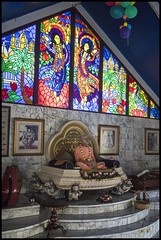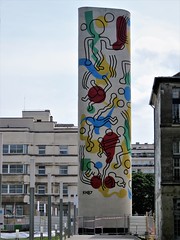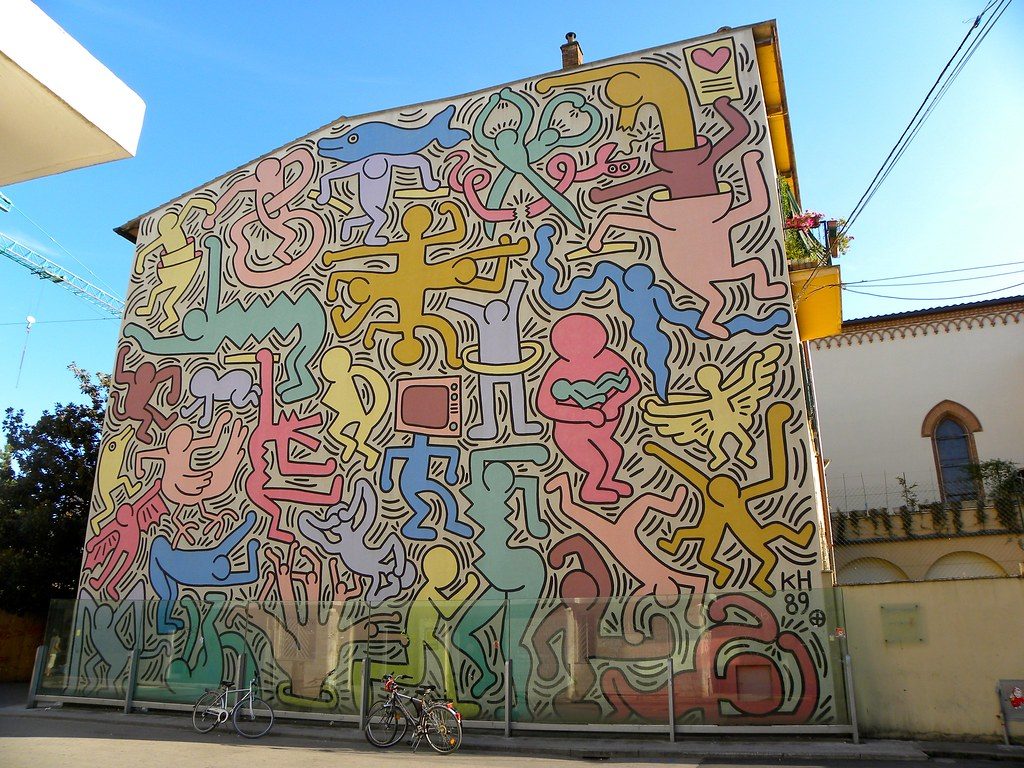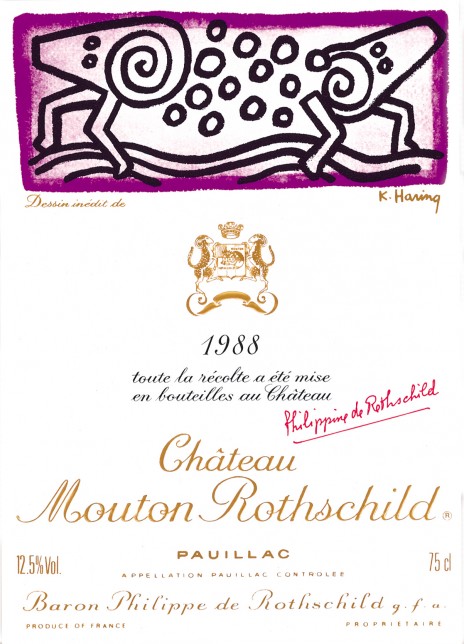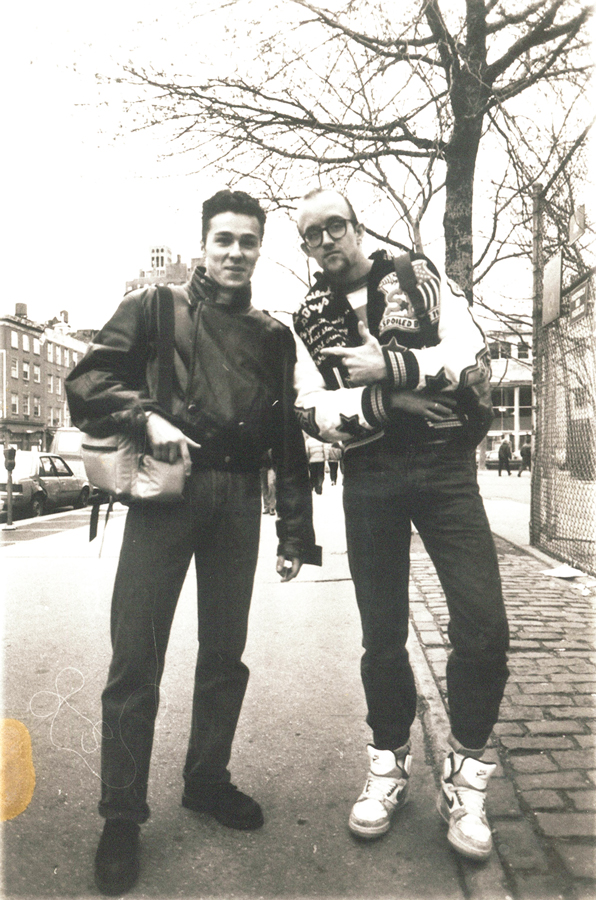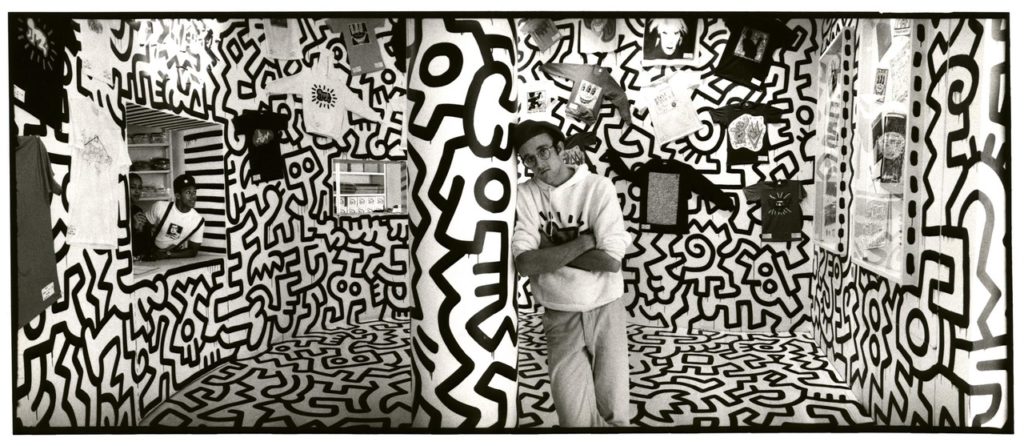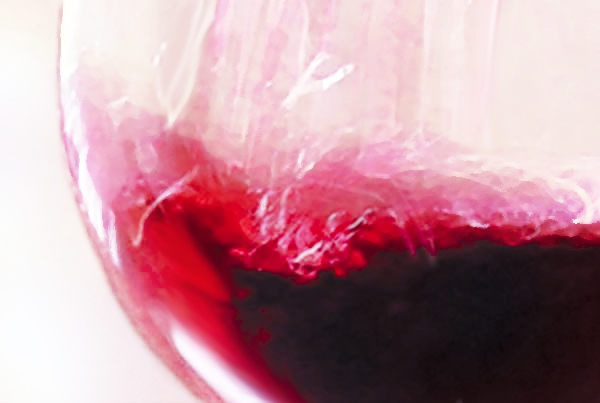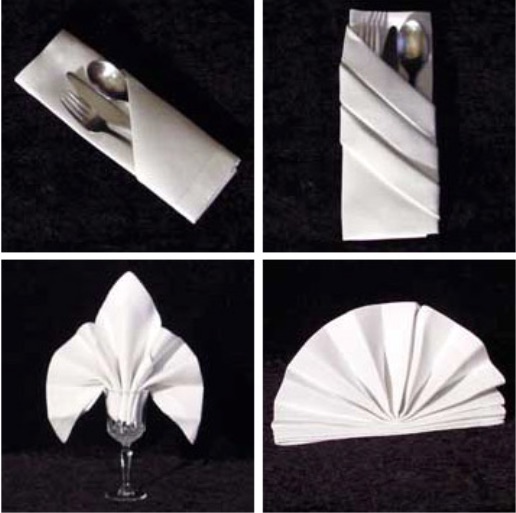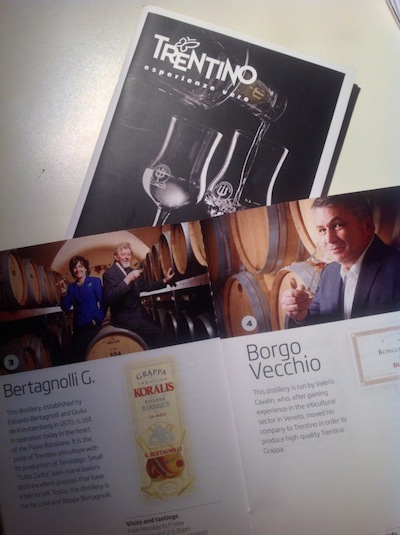Torna dal 29 al 30 maggio il celebre appuntamento per i wine lovers, in Toscana un omaggio a Dante
“Dante in vigna”: con Cantine Aperte riparte l’enoturismo toscano
Una campagna promozionale è già on line su sito e social di MTV Toscana per un anno intero di appuntamenti in Toscana dedicati al vino che avranno Dante come filo conduttore, dai picnic alle degustazioni, passando per concerti e letture tra i filari di brani del Sommo Poeta
Dall’Inferno al Paradiso. E’ proprio il caso di dirlo, con il ritorno dell’enoturismo toscano che quest’anno avrà come filo conduttore le celebrazioni dei 700 anni dalla morte del Sommo Poeta. Dante in Vigna è infatti il leitmotiv scelto da Movimento Turismo del Vino Toscana per celebrare le attività che da maggio a dicembre porteranno gli appassionati a tornare in cantina. E la prima occasione sarà proprio il ritorno di Cantine Aperte, il celebre appuntamento per i wine lovers che dal 29 al 30 maggio tornerà anche nelle cantine toscane. «E’ stata una decisione che abbiamo dovuto prendere all’ultimo momento date le normative Covid, ma ce l’abbiamo fatta – spiega il presidente del Movimento Turismo del Vino Toscana, Emanuela Tamburini – in realtà non ci siamo mai fermati e proprio per quest’anno abbiamo pensato di promuovere tutti i nostri eventi dedicandoli a Dante, in vigna ovviamente, continuando la collaborazione con la Scuola Internazionale Comics di Firenze».
Dante in Vigna. In occasione dell’anniversario della scomparsa di Dante Alighieri, tutti gli eventi promossi dalla Cantine di MTV Toscana saranno come detto legati al tema di Dante e dando vita al più grande evento diffuso di Dante in Vigna. Si tratta di una campagna che parte dalla Toscana per raccontare la vigna e Dante in occasione di questa importante ricorrenza. Da degustazioni abbinate a letture di brani della Divina Commedia tra i filari a eventi legati al vino rosso che rappresenta l’Inferno, rosa il Purgatorio e bianco il Paradiso. Inoltre pic nic, trekking e attività per i bambini. Una campagna con video emozionali sta per partire sui canali on line e non solo di MTV Toscana. Inoltre continua la collaborazione con la Scuola Internazionale Comics di Firenze che per l’occasione ha disegnato la grafica dell’evento, a partire dal logo fino all’immagine simbolo che vede Dante ispirarsi ai suoi testi tenendo in mano un calice di vino toscano.
Cantine Aperte e Vigneti Aperti sotto il segno di Dante. Sono i due eventi che caratterizzeranno l’enoturismo in Toscana. In particolare il format di Cantine Aperte, ormai un must, tornerà in presenza (nel 2020 non c’era stato per la pandemia) dal 29 al 30 maggio. In questa occasione le cantine organizzeranno programmi speciali. Vigneti Aperti è invece la novità dell’anno, pensata soprattutto per dare la possibilità di spalmare le tradizionali attività nel corso di tutto l’anno. Dal 1 maggio fino a novembre infatti le cantine socie del Movimento Turismo del Vino Toscana organizzeranno eventi di vario tipo. I programmi di tutte le iniziative presto on line sul portale www.mtvtoscana.com
L’Associazione Movimento Turismo del Vino Toscana è un ente non profit che raccoglie circa cento soci fra le più prestigiose cantine del territorio, selezionate sulla base di specifici requisiti, primo fra tutti quello della qualità dell’accoglienza enoturistica. Obiettivo dell’associazione è promuovere la cultura del vino attraverso le visite nei luoghi di produzione. Ai turisti del vino il Movimento vuole, da una parte, far conoscere più da vicino l’attività e i prodotti delle cantine aderenti, dall’altra, offrire un esempio di come si può fare impresa nel rispetto delle tradizioni, della salvaguardia dell’ambiente e dell’agricoltura di qualità.
Montalcino (Si), 7 maggio 2021 C.s. 03
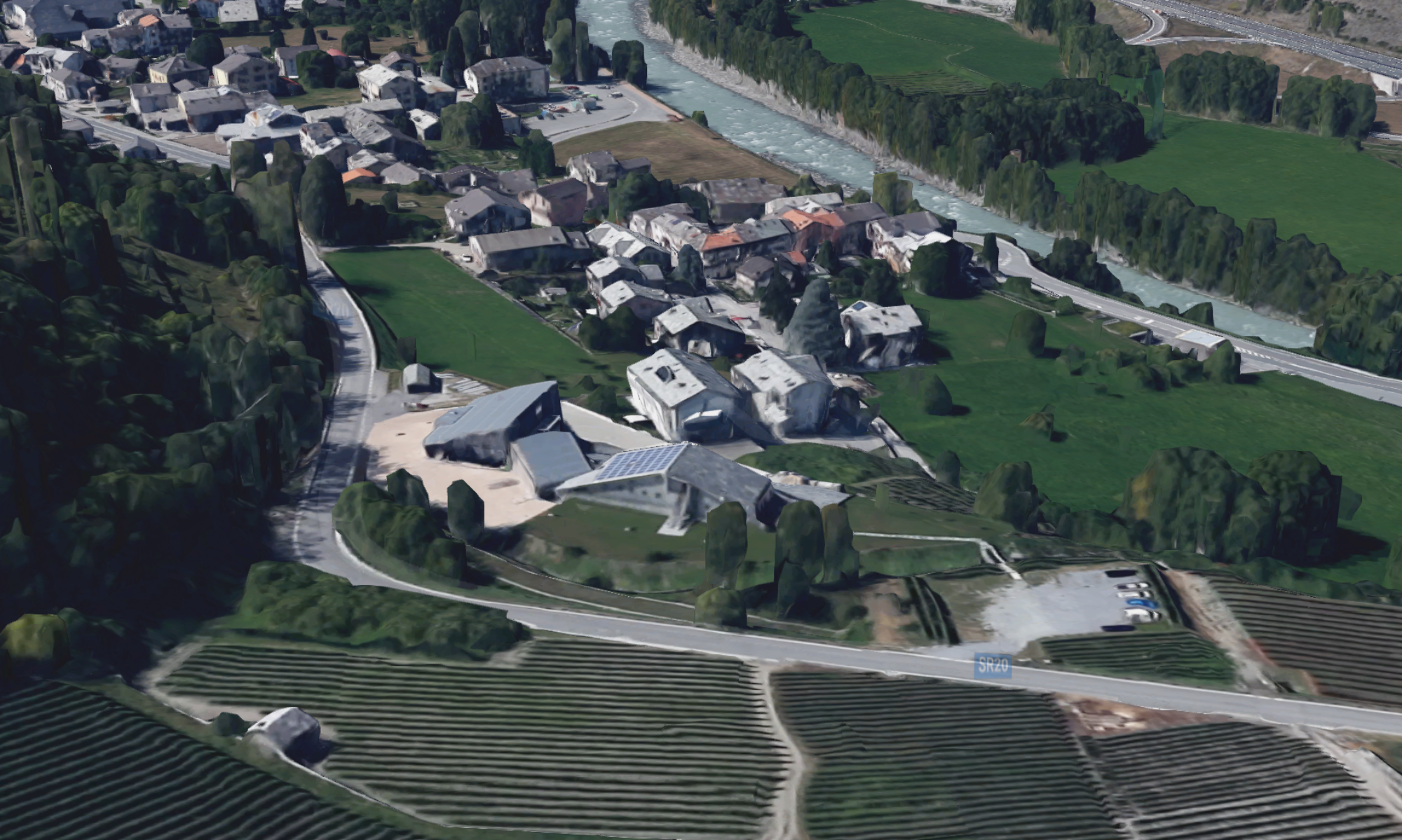
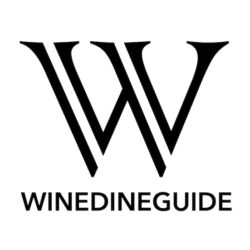




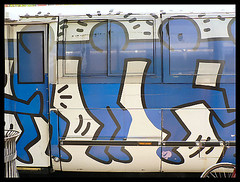 In addition to being impressed by the innovation and energy of his contemporaries, Haring was also inspired by the work of Jean Dubuffet, Pierre Alechinsky, William Burroughs, Brion Gysin and Robert Henri. With these influences Haring was able to push his own youthful impulses toward a singular kind of graphic expression based on the primacy of the line.
In addition to being impressed by the innovation and energy of his contemporaries, Haring was also inspired by the work of Jean Dubuffet, Pierre Alechinsky, William Burroughs, Brion Gysin and Robert Henri. With these influences Haring was able to push his own youthful impulses toward a singular kind of graphic expression based on the primacy of the line.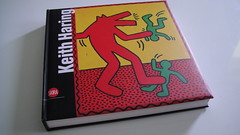
 During a brief but intense career that spanned the 1980s, Haring’s work was featured in over 100 solo and group exhibitions.
During a brief but intense career that spanned the 1980s, Haring’s work was featured in over 100 solo and group exhibitions. 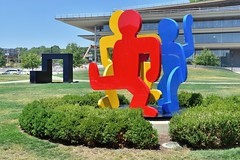 Keith Haring died of AIDS related complications at the age of 31 on February 16, 1990.
Keith Haring died of AIDS related complications at the age of 31 on February 16, 1990. 